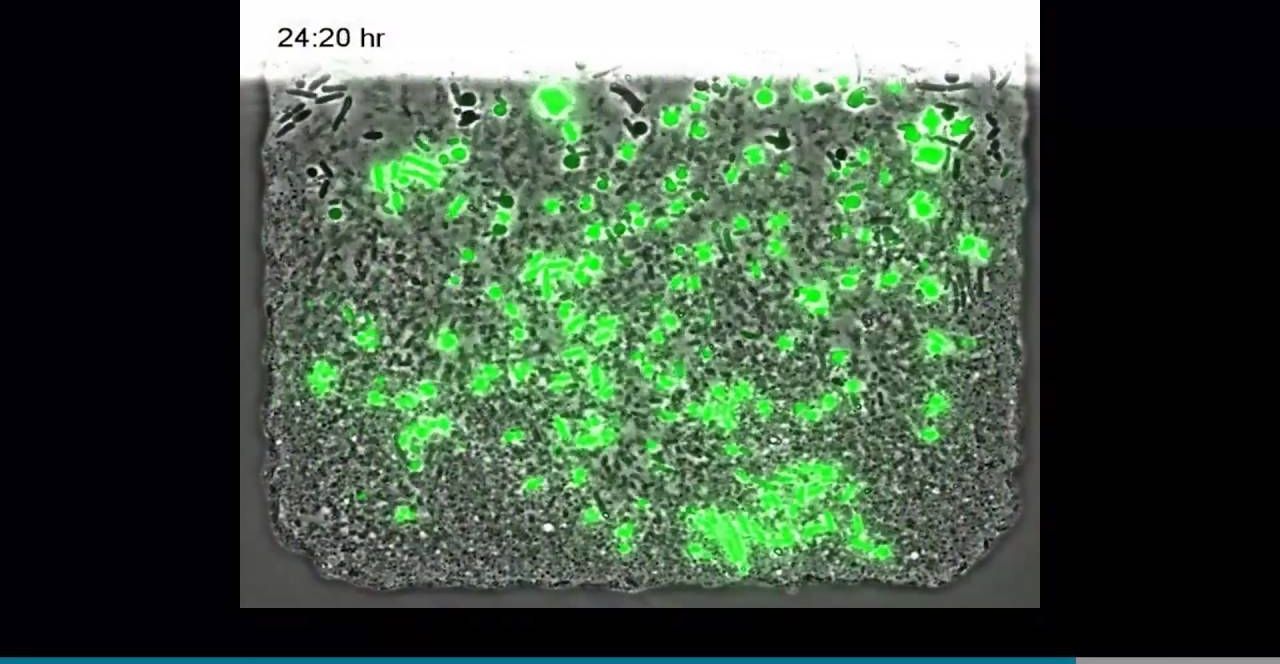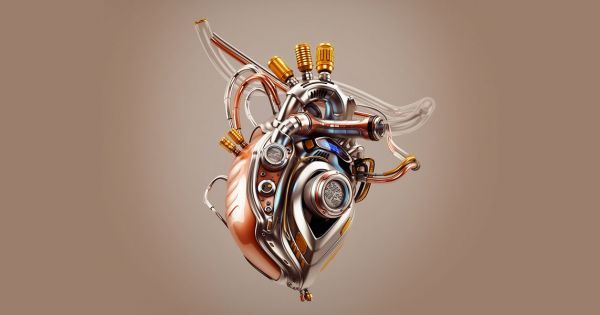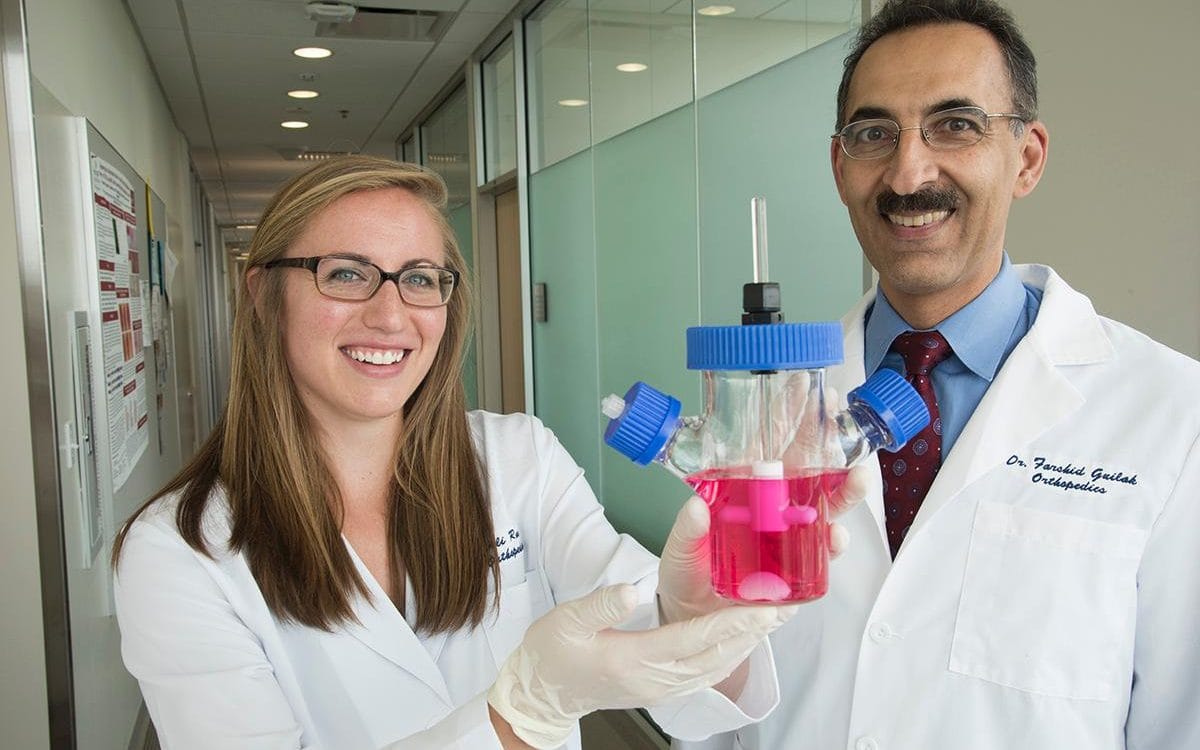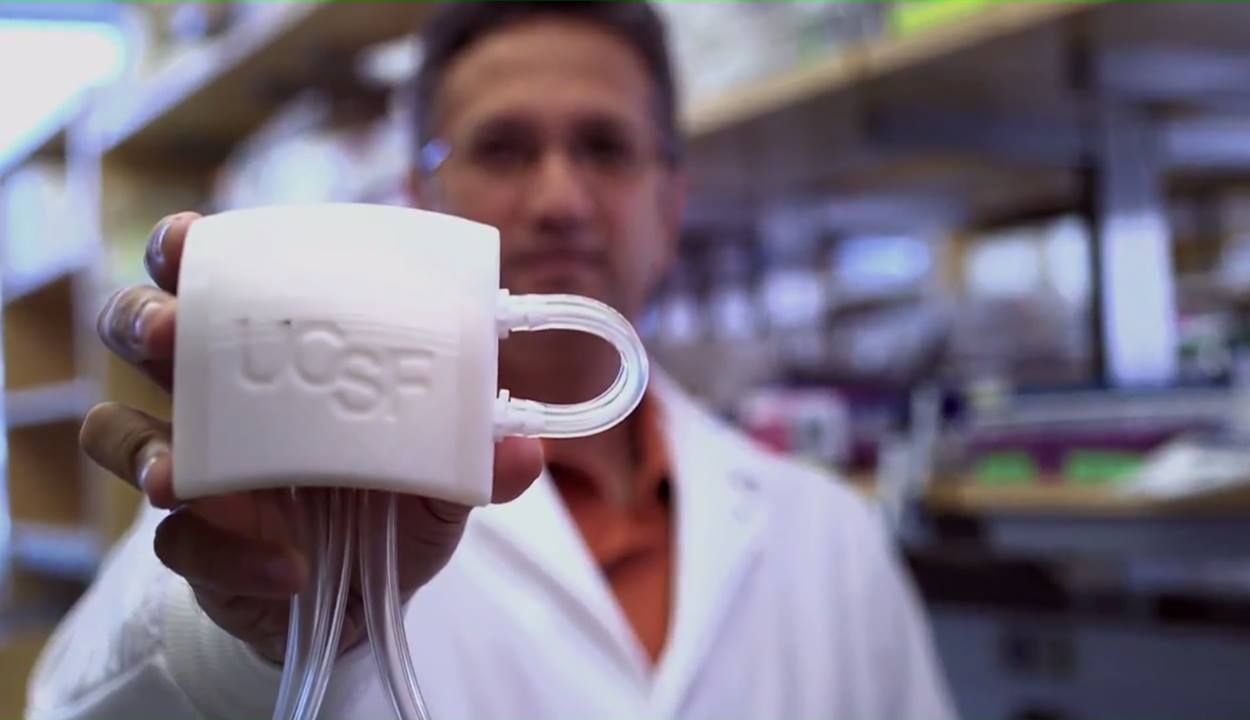Jul 20, 2016
Synthetic biology used to limit bacterial growth and coordinate drug release
Posted by Karen Hurst in categories: bioengineering, biotech/medical, genetics
Beautiful.
Researchers at the University of California San Diego and the Massachusetts Institute of Technology (MIT) have come up with a strategy for using synthetic biology in therapeutics. The approach enables continual production and release of drugs at disease sites in mice while simultaneously limiting the size, over time, of the populations of bacteria engineered to produce the drugs. The findings are published in the July 20 online issue of Nature.
Continue reading “Synthetic biology used to limit bacterial growth and coordinate drug release” »
















